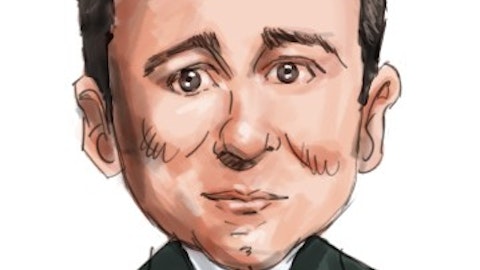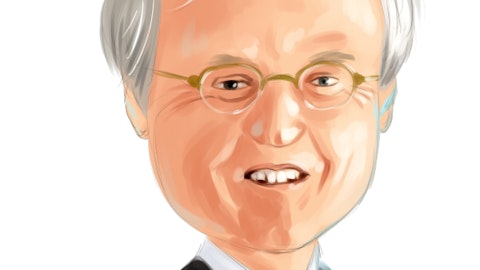Joseph Turner: That will reprice in the next year or so.
Rex Copeland: Well they won’t. That [indiscernible] next year. But…
Joseph Turner: Yeah. Okay
Rex Copeland: I’m just thinking about some of our hybrid ARM product.
Joseph Turner: Yeah.
Rex Copeland: It’s going to be fixed for a few years and then…
Joseph Turner: Yeah.
Rex Copeland: And then repriced.
Joseph Turner: I would point you to that — that 10-K table, Andrew, I think that will give you good information.
Andrew Liesch: Got it. Very helpful. I will do so. Thanks so much, and I will step back.
Operator: Thank you. Please standby for our next question. Our next question comes from the line of Damon DelMonte with KBW. Your line is open.
Damon DelMonte: Hey. Good afternoon, guys. Hope you’re both doing well today. Just wanted to kind of keep on the margin topic here. Could you give a little color as to like the rates at which these construction loans are funding that are in the pipeline right now? And then possibly like what new production is coming on?
Joseph Turner: I would say, generally, and this would be the rates that the loans are funding at, and the new production would probably be somewhat similar. I would say anywhere from 250 over SOFR to 300 would be kind of the rate.
Rex Copeland: Yeah, I mean our — at the end of September point in time on that day in our press release, it’s back in the — towards the back, there is a couple of tables in there, that show average balances and rates in there, that, that portfolio of construction loans had a rate of 7.89%.
Joseph Turner: Yeah.
Rex Copeland: Assuming that that sort of…
Joseph Turner: Yeah.
Rex Copeland: Indicative of what will become.
Joseph Turner: Yeah. I mean, I would say new production is a little higher than that, but that would be about 250 over SOFR or something. And there might out — there might be some lower rate stuff in there. I would think that the kind of general rate might be a little higher than that. But right around in there.
Damon DelMonte: Got it. Okay. Thank you. And then how would you characterize the positioning of the balance sheet, should the Fed start to cut rates in the back half of 2024?
Joseph Turner: I think we’re fairly well balanced. We tend to think of ourselves as asset sensitive. But we took that asset sensitivity off the table with those swaps that we began net settlements on in May. And so, I think we’re reasonably neutral, would you say that, Rex?
Rex Copeland: Yeah. It just depends on how aggressive the cuts are. So if the cuts are pretty gradual, pretty well balanced, I think, if they’re really fast like they were in 2020, that’s probably going to sting a little bit. Because when they go down 200 basis or 300 basis — I mean, we’re at a level now, they can go down pretty far, pretty fast and if we go off the cliff here on the economy.
Joseph Turner: Yeah. So the speed of rate cuts would be what would probably factor in a lot to that for us, but assuming that the Fed cuts in 25 or 50 increments, and does it in a fairly, non-dramatic way that probably is not overly bad for us.
Damon DelMonte: Got it, okay. And then with respect to your outlook for loan growth. How do you feel about like non-construction related CRE. Are you originating loans that don’t go through the construction process and kind of, I know, you gave some color on the construction pipeline and kind of where it is today versus like a year ago, I think it was. But how do we kind of think about overall loan growth and the drivers of that?





